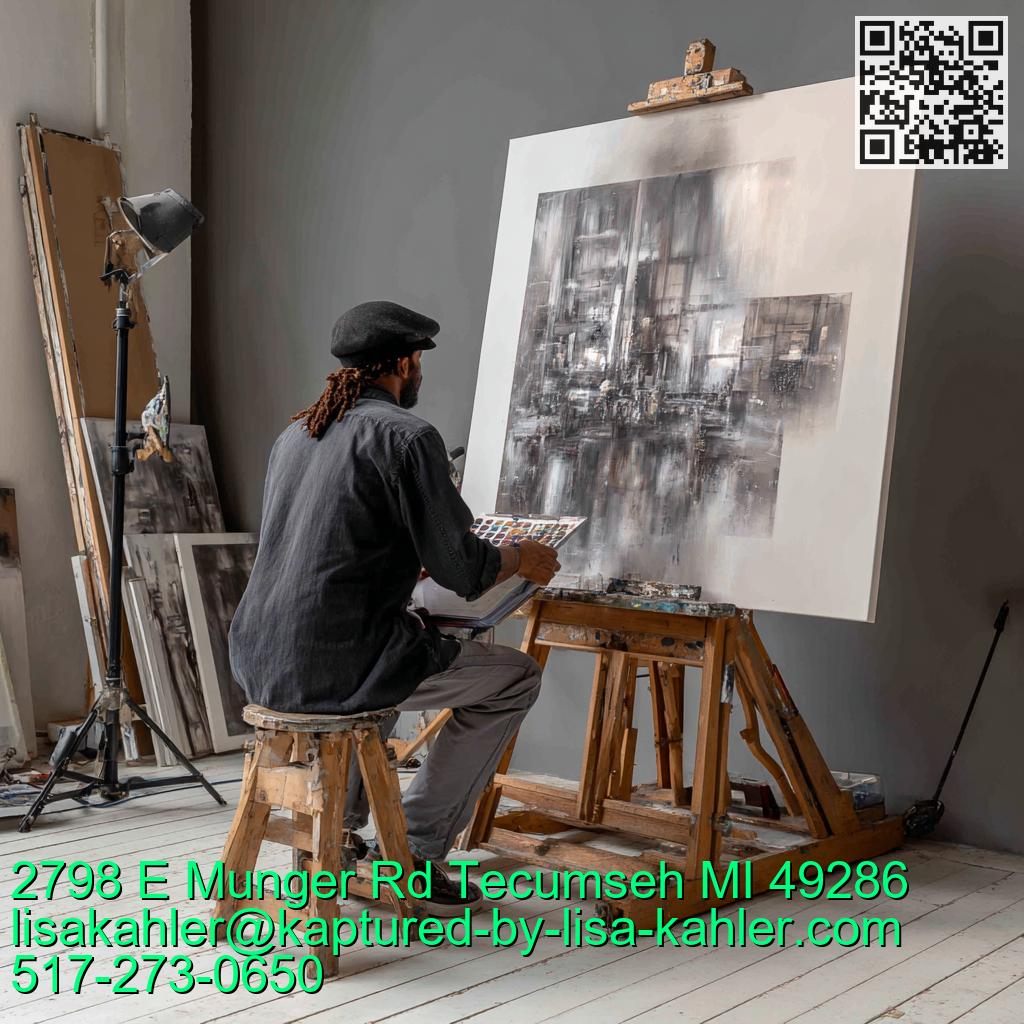Introduction
When it comes to portrait photography, the right lighting can make all the difference. If you're a photographer or even just someone with a passion for capturing moments, you may have heard whispers of something magical—natural light. But what makes this seemingly simple element so crucial? In an age where artificial lights and fancy studio setups abound, why should any photographer consider harnessing the power of the sun? Buckle up because we’re diving deep into why natural light is key in portrait photography.
Why Natural Light is Key in Portrait Photography
Natural light has a unique quality that cannot be replicated by artificial sources. From the golden hour’s warm glow to diffused light on an overcast day, nature offers an array of lighting conditions that can create stunning portraits.
Understanding Natural Light
Natural light refers to sunlight that illuminates a scene without any artificial modification. It varies dramatically throughout the day, providing diverse opportunities for photographers.
- Golden Hour: This period occurs shortly after sunrise and before sunset when the sun casts a soft, warm hue across everything it touches. Blue Hour: Just before sunrise or after sunset, this time frames landscapes and portraits with cool tones. Overcast Days: Clouds act as natural diffusers, softening shadows and creating even lighting.
Using these different https://www.tumblr.com/liquidmonsoonelixir/793739881323069440/the-importance-of-family-photos-insights-from times of day can drastically enhance your portraits.
Advantages of Natural Light in Portrait Photography
Soft Shadows: Natural light creates softer shadows compared to harsh artificial lights. Skin Tones: The warmth of sunlight enhances skin tones beautifully. Cost-Effective: Who doesn’t love saving money? Using natural light eliminates the need for expensive equipment. Versatility: From outdoor to indoor settings, natural light adapts well.If you’re wondering how to start using natural light effectively, one good strategy is to scout locations during various times of day to observe how the light shifts.
Types of Natural Light
To master portrait photography using natural light, understanding its types is essential.
Direct Sunlight
Characteristics:
- Harsh shadows High contrast Bright highlights
While direct sunlight can be challenging due to its intensity, it’s perfect for creating dramatic portraits if used carefully.
Diffused Light
Characteristics:
- Soft shadows Reduced contrast Even illumination
This type often occurs on cloudy days or when shooting in shaded areas like under trees. It’s excellent for capturing detailed facial features without overwhelming highlights.
Backlighting
Characteristics:
- Creates silhouettes Highlights hair edges Adds depth
Positioning your subject with their back towards the sun can yield ethereal effects with proper exposure settings.
The Role of Location in Utilizing Natural Light
Choosing the right location is paramount when considering natural light for your portrait photography.

Outdoor Locations
From parks to urban settings, outdoor locations offer endless possibilities for utilizing sunlight effectively.
Parks and Gardens
These are ideal for family photographers near me who want colorful backdrops filled with greenery or blooming flowers.
Beaches and Lakesides
The reflective qualities of water during sunset can create breathtaking images.

Indoor Locations
Even indoors, natural light can work wonders if you know where to look!
Large Windows
Shooting near large windows allows ample soft light while avoiding harsh shadows.
Open Spaces
Spaces with white walls will reflect more natural light and enhance brightness throughout your shoot.
Tips for Mastering Natural Light Photography
Ready to take your skills up a notch? Here are some practical tips for making the most out of natural lighting conditions:
1. Timing is Everything
As mentioned earlier, golden hour and blue hour are prime times for stunning portraits. Plan your shoots accordingly!
2. Use Reflectors
A simple reflector can bounce sunlight onto your subject's face, helping reduce shadows without needing extra equipment.
3. Adjust Your Camera Settings
Understanding ISO and aperture settings will allow you flexibility while shooting in varying conditions:
| Setting | Effect | |---------|--------| | Low ISO | Less sensitivity; better for bright conditions | | Wide Aperture | Blurs background; focuses on subject |
4. Embrace Shadows
Don’t shy away from shadows; they add depth! Consider how they can complement your composition rather than detract from it.
Post-processing Natural Light Portraits
Even though you’ll want to get it right in-camera as much as possible, post-processing plays an essential role too!
Basic Adjustments
Use software like Lightroom or Photoshop to fine-tune exposure levels and color temperatures if needed.
Enhance Colors
Boosting saturation slightly can bring out those vibrant colors captured in natural light beautifully!
Common Mistakes Photographers Make with Natural Light
Even seasoned photographers make mistakes now and then! Here are some common pitfalls:
Forgetting about directionality: Always consider where the sun is located relative to your subject. Overexposing images: Keep an eye on highlights; they can easily blow out when shooting directly into sunlight. Ignoring weather conditions: Cloudy days may seem dull but often provide excellent diffused lighting opportunities!FAQs About Natural Light in Portrait Photography
What time of day is best for outdoor portrait photography?
The golden hour—shortly after sunrise or before sunset—is widely regarded as the best time due to its soft lighting qualities.
Can I shoot portraits on cloudy days?
Absolutely! Cloud cover acts as a natural diffuser, providing even lighting that's perfect for portrait photography near me!
How do I avoid harsh shadows?
Position your subjects in shaded areas or use reflectors to soften contrasts caused by direct sunlight.
Is equipment necessary for shooting with natural light?
While equipment like reflectors or diffusers helps enhance shots, many photographers successfully create beautiful images using only their camera and knowledge of natural lighting techniques!
Should I adjust my camera settings based on lighting?
Yes! Depending on whether you're shooting in bright sunlight or overcast conditions, adjusting ISO and aperture settings will help achieve optimal results.

How do I capture movement effectively in natural light?
Utilize fast shutter speeds along with adequate lighting conditions (like golden hour) for crisp action shots without motion blur effects!
Conclusion
In summary, embracing natural light opens up an entire world of possibilities within portrait photography! From achieving stunning skin tones to benefiting from cost-effective solutions—there's truly no reason not to explore this invaluable resource available at our fingertips daily! So grab that camera (or find a photographer near me), step outside during those golden hours—and let nature work its magic!
By mastering these principles surrounding why natural light is key in portrait photography; you'll elevate not only your skills but also enrich every session you undertake—creating unforgettable memories captured through timeless imagery!